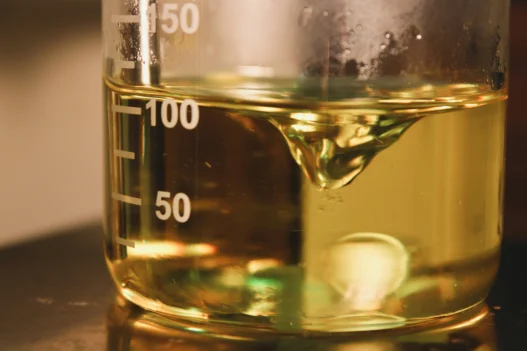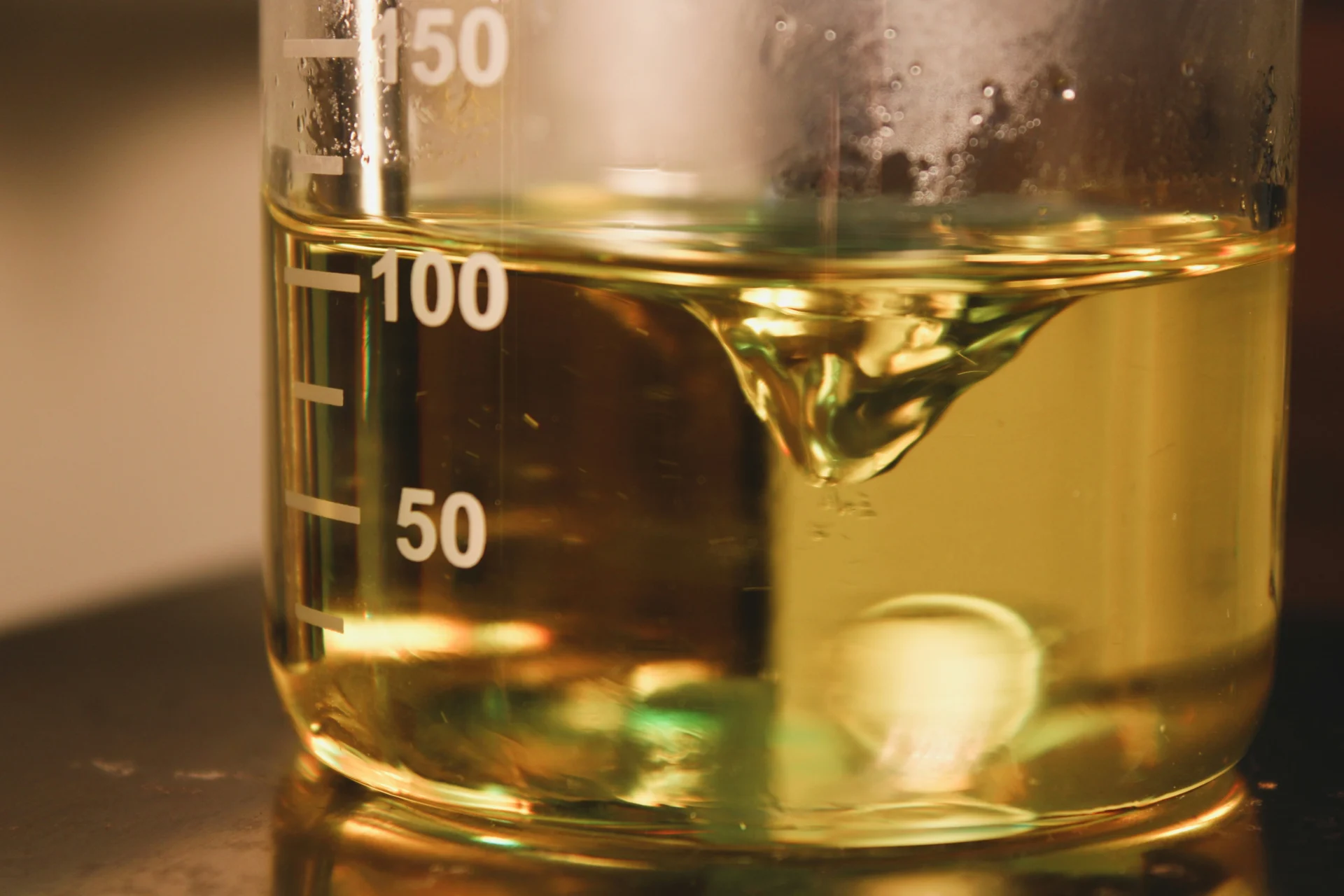Phenolsulfonphthalein, often referred to as PSP, is a chemical compound that is used in various industries and applications. Its relevance to everyday life lies in its use as a pH indicator in a variety of settings, such as in laboratories, medical facilities, and industrial processes. By changing color in response to changes in pH levels, Phenolsulfonphthalein helps to determine the acidity or alkalinity of a substance, thereby assisting in quality control, chemical analysis, and medical diagnostics. Ultimately, Phenolsulfonphthalein plays a crucial role in ensuring the accurate measurement and monitoring of pH levels, which is essential for a wide range of everyday activities and processes.
Table of Contents:
- 💡 Commercial Applications
- ⚗️ Chemical & Physical Properties
- 🏭 Production & Procurement
- ⚠️ Safety Considerations
- 🔬 Potential Research Directions
- 🧪 Related Compounds
💡 Commercial Applications
Phenolsulfonphthalein, commonly known as PSP, has several commercial and industrial applications. It is used as a pH indicator in laboratories and manufacturing processes, where its color changes from yellow to red in acidic conditions. PSP is also employed in the production of textile dyes, where it acts as a dye intermediate in the creation of various colored fabrics.
In the field of drug development and medication, Phenolsulfonphthalein is used as a diagnostic tool in the assessment of kidney function. Specifically, it is used in the excretion test to determine renal blood flow and glomerular filtration rate. PSP is administered orally and excreted in the urine, allowing healthcare professionals to monitor the kidneys’ ability to filter blood and eliminate waste products effectively.
Moreover, Phenolsulfonphthalein has been used in pharmaceutical formulations as a laxative agent. It works by promoting bowel movements and relieving constipation by increasing the movement of fluid in the intestines. This laxative property of PSP makes it a valuable component in certain medications designed to alleviate gastrointestinal issues and improve digestive health.
⚗️ Chemical & Physical Properties
Phenolsulfonphthalein is a white to pale yellow crystalline powder with little to no odor. Its appearance may vary depending on the concentration and purity of the substance.
With a molar mass of 318.3 g/mol and a density of 1.54 g/cm3, Phenolsulfonphthalein is heavier than common food items such as sugar and salt. This makes it more dense and allows for easier identification and separation in chemical reactions.
The melting point of Phenolsulfonphthalein is approximately 220 °C, while its boiling point is around 620 °C. Compared to common food items like butter and chocolate, Phenolsulfonphthalein has a much higher melting and boiling point, making it more stable under high temperatures.
Phenolsulfonphthalein is sparingly soluble in water but exhibits high viscosity. This contrasts with common food items like sugar and salt, which are highly soluble in water and have low viscosity. The higher viscosity of Phenolsulfonphthalein may affect its application in various chemical processes.
🏭 Production & Procurement
In the production of Phenolsulfonphthalein, starting materials such as phenolphthalein and sulfonic acid are typically used. These raw materials undergo a series of chemical reactions, including sulfonation and oxidation, to yield Phenolsulfonphthalein. The production process is carefully controlled to ensure high purity and quality of the final product.
Phenolsulfonphthalein can be procured from chemical suppliers who specialize in the production and distribution of laboratory chemicals. The compound is typically available in powder form, packed in sealed containers to prevent contamination. During transport, Phenolsulfonphthalein must be handled with care to avoid exposure to moisture or extreme temperatures, which can degrade its quality.
To transport Phenolsulfonphthalein, appropriate safety measures must be observed due to its chemical properties. The compound is often classified as a hazardous material and may require special labeling and packaging for shipment. It is important to follow regulations set by governing bodies to ensure safe and compliant transportation of Phenolsulfonphthalein to its destination.
⚠️ Safety Considerations
Safety considerations for Phenolsulfonphthalein should be taken seriously due to its potential hazards. This compound is harmful if swallowed, inhaled, or in contact with skin. It can cause skin irritation, eye irritation, and respiratory irritation. Therefore, proper personal protective equipment such as gloves, goggles, and a lab coat should be worn when handling Phenolsulfonphthalein.
Phenolsulfonphthalein poses a health hazard by causing irritation to the respiratory system, skin, and eyes. It can also cause serious damage to health if swallowed, inhaled, or in contact with skin. Therefore, it is important to handle this compound with caution and ensure proper ventilation in the working area. Additionally, it should be stored in a cool, dry place away from incompatible materials to prevent any potential accidents or reactions.
Precautionary statements for Phenolsulfonphthalein include avoiding breathing in dust, fumes, gas, mist, vapors, and spray. It is important to wash hands thoroughly after handling this compound and to seek medical advice if experiencing any discomfort or irritation. Furthermore, it is recommended to remove contaminated clothing and wash skin with water and soap if in contact with Phenolsulfonphthalein. Overall, proper precautions should be taken to minimize the risk of exposure and ensure the safety of individuals working with this compound.
🔬 Potential Research Directions
Research on Phenolsulfonphthalein may focus on its potential applications in the medical field, specifically as a diagnostic tool for assessing kidney function. Its properties as a pH indicator could also be explored further in various analytical chemistry applications.
Further studies could investigate the environmental impact of Phenolsulfonphthalein, particularly in terms of its persistence and potential for bioaccumulation in aquatic ecosystems. Understanding its fate in the environment could inform regulations on its use and disposal.
Exploring the synthesis and modification of Phenolsulfonphthalein derivatives could lead to the development of new compounds with enhanced properties and potential applications in various industries. Investigating the structural properties and reactivity of these derivatives could provide insights into their potential uses.
🧪 Related Compounds
One similar compound to Phenolsulfonphthalein based on molecular structure is Phenolphthalein. Phenolphthalein is a chemical compound also used as an acid-base indicator, with the same phthalein structure as Phenolsulfonphthalein. The main difference lies in the substitution of a sulfonic acid group in Phenolsulfonphthalein with a phenolic hydroxyl group in Phenolphthalein.
Another compound structurally similar to Phenolsulfonphthalein is Thymolphthalein. Like Phenolsulfonphthalein, Thymolphthalein is also a phthalein derivative with a similar molecular structure. The difference between the two compounds lies in Thymolphthalein containing a methyl group on the phenolic hydroxyl group, while Phenolsulfonphthalein contains a sulfonate group instead.
Lastly, Bromothymol Blue is a compound structurally related to Phenolsulfonphthalein. Bromothymol Blue is an acid-base indicator with a sulfonated thymol blue structure. The main structural difference between it and Phenolsulfonphthalein is in the presence of a bromine atom in the benzene ring of Bromothymol Blue instead of a sulfonate group as in Phenolsulfonphthalein.








